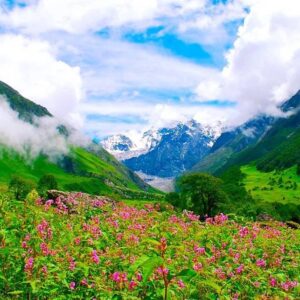Seven Wonders of the Natural World
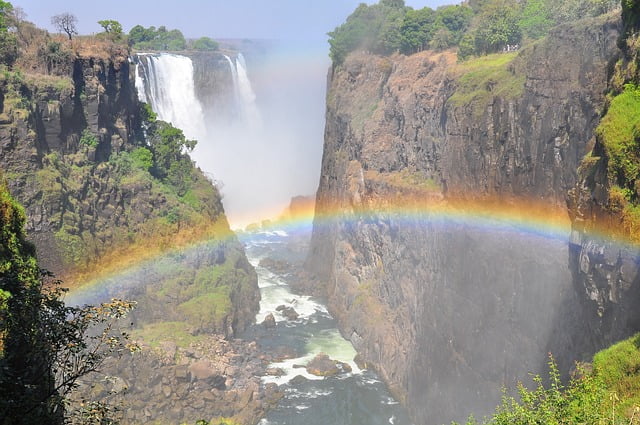
The beauty and wonder of the natural world have fascinated humans for centuries. From towering mountains to awe-inspiring waterfalls and mysterious caves, our planet is home to some of the most remarkable natural wonders. In this blog post, we’ll embark on a journey to explore the Seven Wonders of the Natural World, each a testament to the Earth’s extraordinary geological and ecological diversity.
List of Seven Wonders of the Natural World
- Mount Everest
- Victoria Falls
- Grand Canyon
- Great Barrier Reef
- Prehistoric Caves in France and Spain
- Paricutin Volcano, Mexico
- Harbor at Rio de Janeiro
Seven Natural Wonders of the World
Man always wants to live a life different from the ordinary. If you also think so, then here is a list of seven natural wonders of the world that you must visit at least once in your lifetime.
Mount Everest
Mount Everest, the world’s tallest peak, stands as a symbol of human determination and the raw power of nature. Located in the Himalayas on the border between Nepal and Tibet, it soars to a staggering 29,032 feet above sea level.
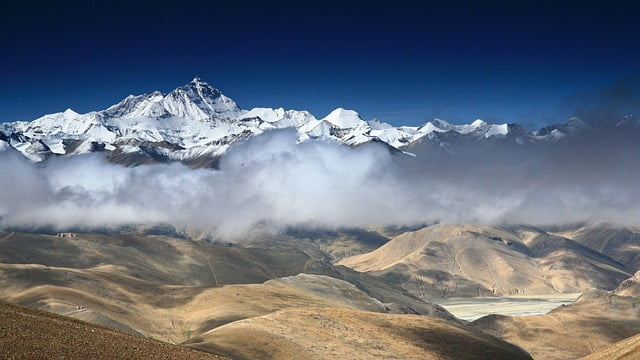
Climbing Everest is a feat few achieve, as it presents extreme altitude, treacherous weather, and challenging terrain. Its sheer magnitude and breathtaking beauty make it a natural wonder of unparalleled grandeur.
Read More: Top Unbelievable Natural Things in Scotland
Victoria Falls
Known as “The Smoke that Thunders,” Victoria Falls is a spectacular waterfall located on the Zambezi River, bordering Zambia and Zimbabwe. It is the world’s largest waterfall by total area and height, spanning over 5,600 feet in width and plunging over 350 feet into the gorge below.

The sheer power and mesmerizing beauty of Victoria Falls have made it a UNESCO World Heritage Site and a must-visit destination for nature enthusiasts.
Read More: 10 Largest Freshwater Lakes in The World
Grand Canyon
The Grand Canyon, a colossal chasm carved by the Colorado River in Arizona, USA, is a geological marvel that showcases millions of years of Earth’s history. Its immense size, intricate rock formations, and vibrant colors create a breathtaking sight.
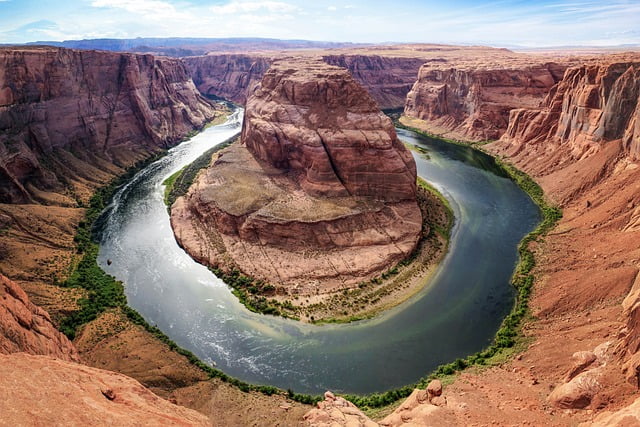
Hiking along its trails or gazing at its vast expanse from viewpoints like the South Rim or North Rim is a humbling experience, reminding us of the Earth’s geological wonders.
Read More: 10 Unusual Trees Found Around The World
Great Barrier Reef
The Great Barrier Reef, located off the coast of Queensland, Australia, is the world’s largest coral reef system and a marine wonderland. Spanning over 1,400 miles, this intricate ecosystem is composed of thousands of coral reefs and islands, teeming with diverse marine life.
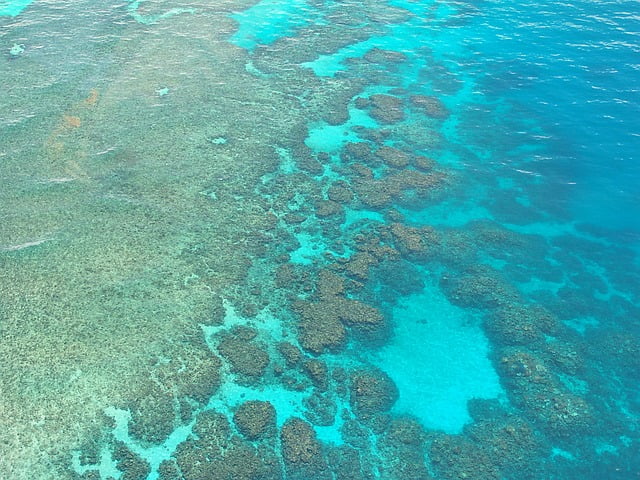
The vibrant colors and biodiversity of the Great Barrier Reef make it a UNESCO World Heritage Site and a paradise for snorkelers and divers.
Read More: 10 Breath-taking Places You Must Visit Before You Die
Prehistoric Caves in France and Spain
The prehistoric caves of France and Spain, including Lascaux and Altamira, offer a unique glimpse into our distant past. These caves are adorned with stunning cave paintings and ancient art, created by our ancestors thousands of years ago.
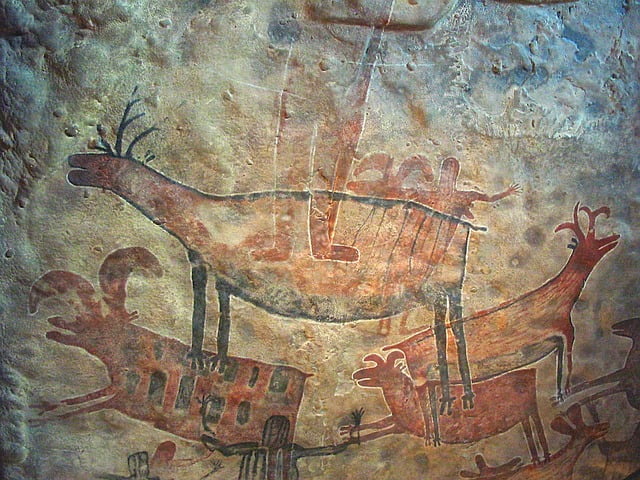
These masterpieces not only reveal the artistic prowess of early humans but also provide valuable insights into their culture and way of life.
Read More: 10 Rare Flowers from Around the World
Paricutin Volcano, Mexico
Paricutin Volcano, located in Michoacán, Mexico, is a testament to the Earth’s volatile nature. It is one of the few volcanoes in the world to have been born within recorded history, with its eruption beginning in 1943.
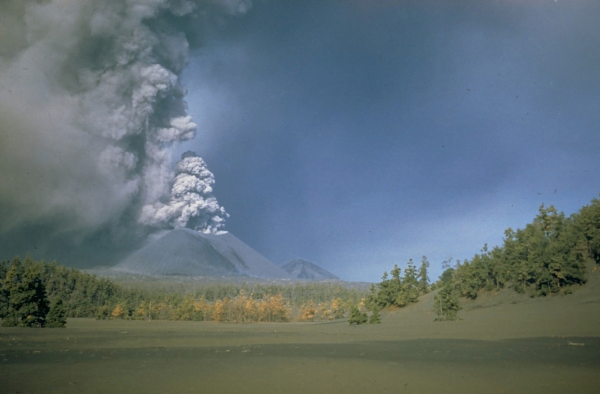
Over the course of eight years, it grew from nothing to over 1,300 feet in height. Paricutin’s dramatic emergence and its surrounding lava fields offer a fascinating glimpse into Earth’s geological processes.
Read More: Exploring the Top 11 Mountain Peaks in the World
Harbor at Rio de Janeiro
The Harbor at Rio de Janeiro, known as Guanabara Bay, is a stunning natural wonder that combines scenic beauty with a bustling urban landscape.
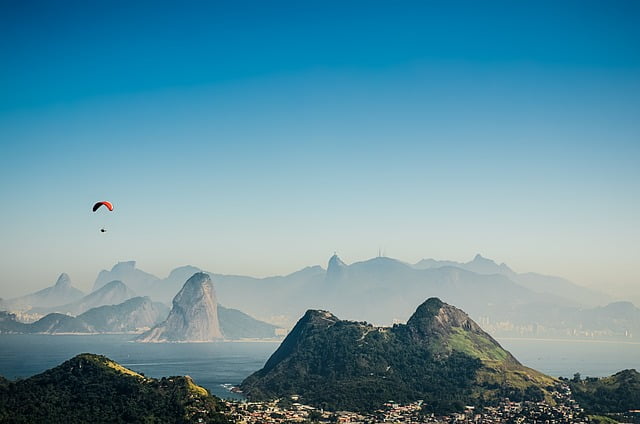
Surrounded by iconic landmarks such as Sugarloaf Mountain and the statue of Christ the Redeemer, the bay’s unique geography and lush green hills make it a picturesque and unforgettable sight. It’s no wonder that Rio de Janeiro is often called the “Cidade Maravilhosa” or the “Marvelous City.”
Read More: 10 most colorful natural places in the world
Conclusion
These Seven Wonders of the Natural World are a testament to the Earth’s incredible diversity and the powerful forces that have shaped our planet. They serve as a reminder of the awe-inspiring beauty and grandeur of nature, inviting us to explore, appreciate, and protect these extraordinary wonders for generations to come. Each of these natural marvels tells a unique story of our planet’s history, captivating our imaginations and inspiring us to be better stewards of the environment.
